
Acne Scar Surgery
Acne scar surgery refers to a variety of surgical procedures and techniques designed to treat or reduce the appearance of scars resulting from severe acne. These surgical interventions are typically considered for individuals with persistent and noticeable acne scars that have not responded well to other non-surgical treatments. This method is used for treating certain types of acne scars, particularly ice pick scars. The surgeon uses a small, cookie-cutter-like tool to excise the individual scar, and the wound is then closed with stitches. Laser resurfacing uses lasers to remove the top layer of skin, promoting collagen production and skin regeneration. This can be effective in reducing the appearance of certain types of acne scars.
Biopsy
A biopsy is a medical procedure in which a small sample of tissue is taken from a part of the body for examination under a microscope. The purpose of a biopsy is to diagnose or rule out certain medical conditions, including cancer. Biopsies can be performed on various tissues, including the skin, organs, or other structures within the body. The specific procedure for a biopsy depends on the location of the tissue being sampled. Some biopsies are done in a doctor's office, while others may be performed in a hospital setting. Local anesthesia is often used to minimize discomfort. While biopsies are generally safe procedures, there is a risk of bleeding, infection, or other complications. The risk depends on the type and location of the biopsy.
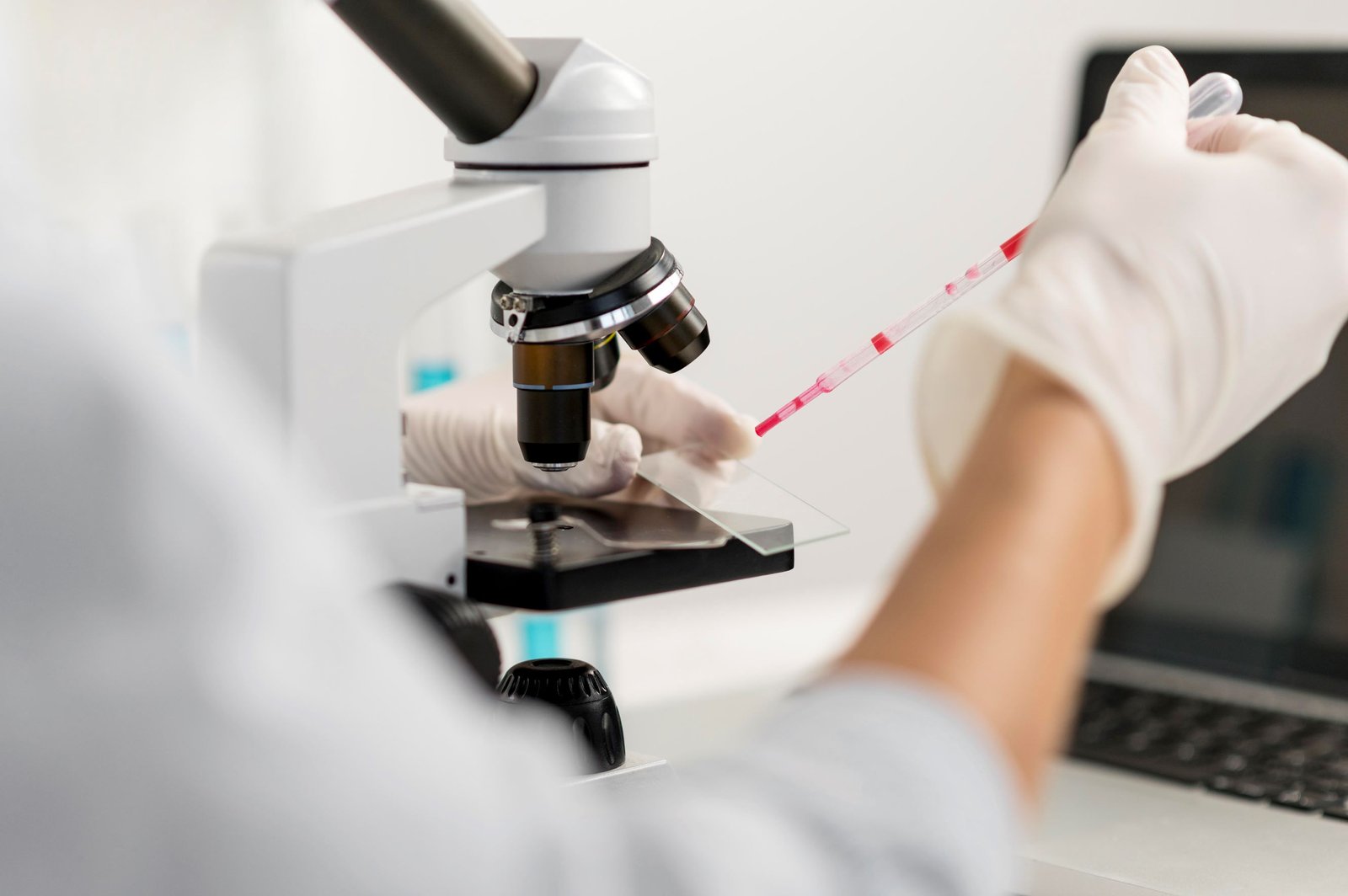
Callosity Removal
Callosities, also known as calluses, are areas of toughened skin that develop in response to repeated friction, pressure, or irritation. While calluses serve as a natural defense mechanism to protect the skin from harm, they can sometimes become uncomfortable or unsightly. It's generally not recommended to attempt removing calluses at home using sharp objects, as this can lead to injury and infection. It's important to note that for individuals with diabetes or circulatory issues, seeking professional advice is crucial, as they may be more susceptible to foot problems. They can provide personalized advice based on your specific situation and recommend the most appropriate and safe methods for callus management.
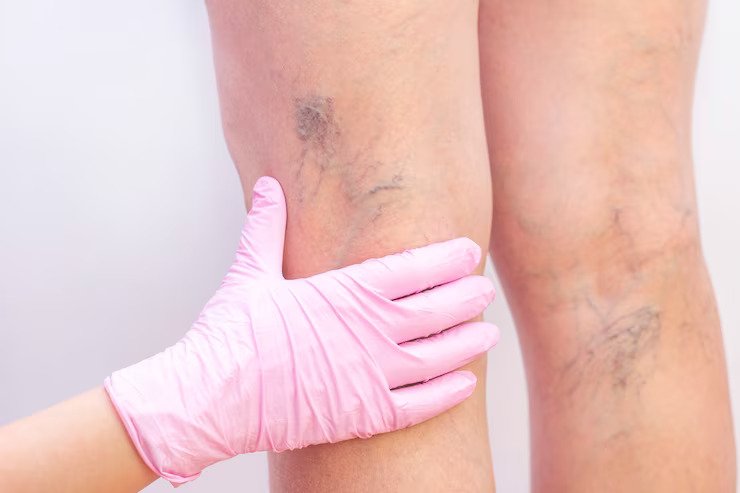
Circumcision
Circumcision is a surgical procedure that involves the removal of the foreskin, the fold of skin that covers the head of the penis. The practice has been performed for cultural, religious, and medical reasons in various societies around the world. Circumcision is sometimes performed for medical reasons, such as to treat certain conditions like phimosis (a condition in which the foreskin is too tight to be pulled back over the head of the penis) or recurrent infections. Some studies suggest that circumcision may have potential health benefits, such as a reduced risk of urinary tract infections, sexually transmitted infections (STIs), and penile cancer. The procedure can be done in various ways, including with a scalpel, laser, or a specialized clamp.
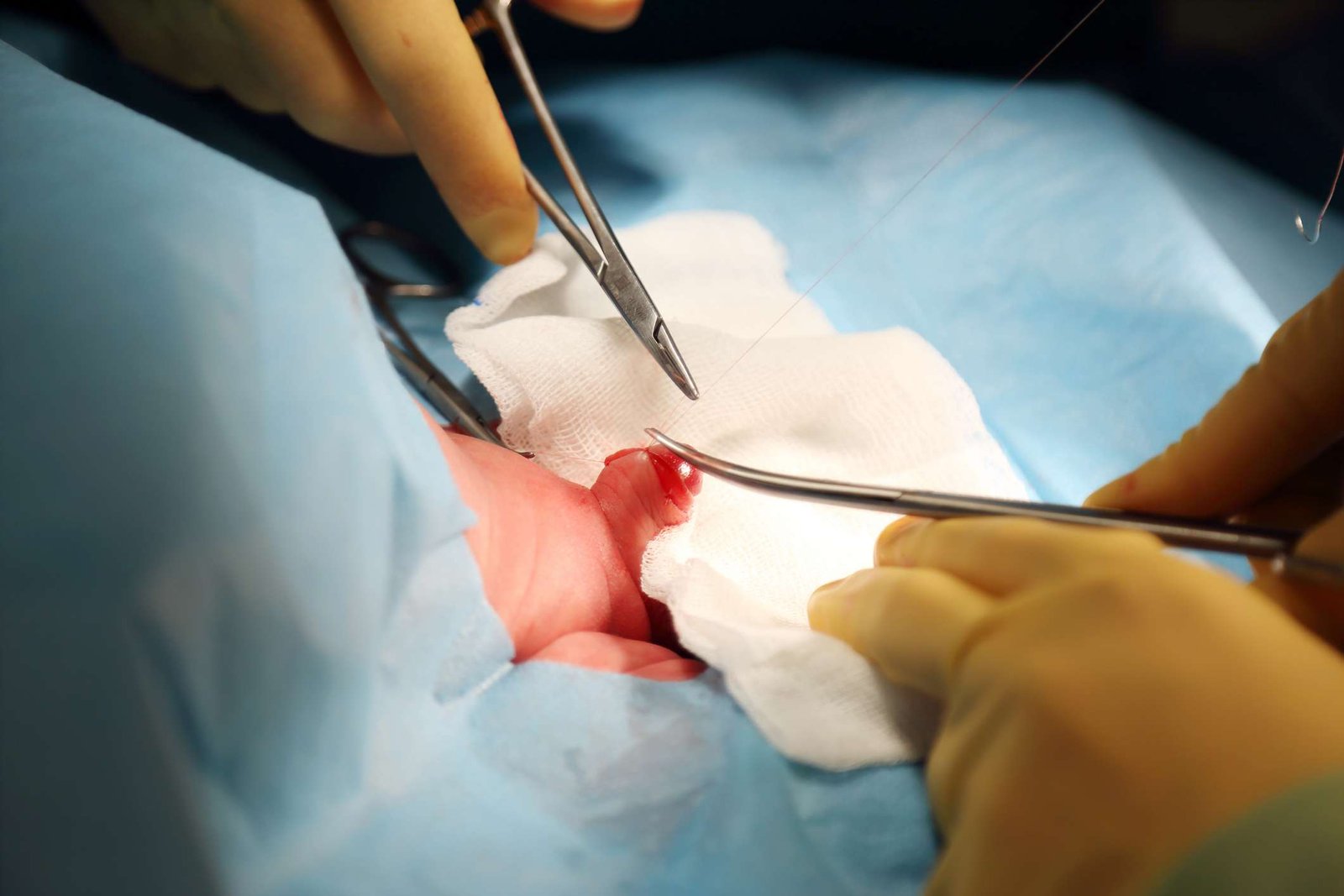
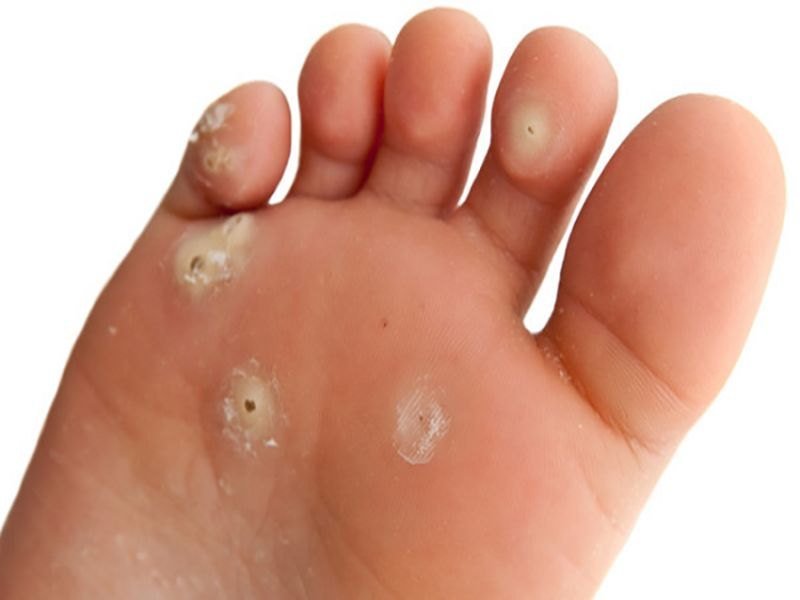
Corn Removal
Corn removal typically involves addressing a corn, which is a small, localized area of thickened skin that can develop on the feet or toes due to friction, pressure, or irritation. Corns often have a hard center surrounded by inflamed skin. Surgical removal of a corn is generally a last resort and is only considered if conservative treatments are ineffective or if the corn is causing severe pain. In some cases, a healthcare professional may trim the corn using sterile instruments. This should only be done by a trained professional to avoid infection. Wear shoes that fit well and don't squeeze or rub against the toes. This can help prevent the development of new corns. Gently rub the corn with a pumice stone to remove the dead skin. Avoid aggressive scrubbing to prevent injury. It's essential to approach corn removal with care to avoid injury or infection. If you have diabetes or other conditions that affect circulation or sensation in the feet.
Wart Removal
Warts are non-cancerous skin growths caused by the human papillomavirus (HPV). They are generally harmless but can be bothersome or unsightly, leading individuals to seek wart removal. There are various methods for wart removal, and the choice of treatment depends on factors such as the type of wart, location, and individual preferences. OTC freezing sprays use a cold liquid, such as dimethyl ether and propane, to freeze and destroy the wart. Multiple applications may be needed. In some cases, a healthcare provider may prescribe stronger topical medications, such as higher-concentration salicylic acid, or topical treatments like imiquimod, which stimulates the immune system to attack the wart. A healthcare provider can use liquid nitrogen to freeze and remove the wart. This is a common in-office procedure.
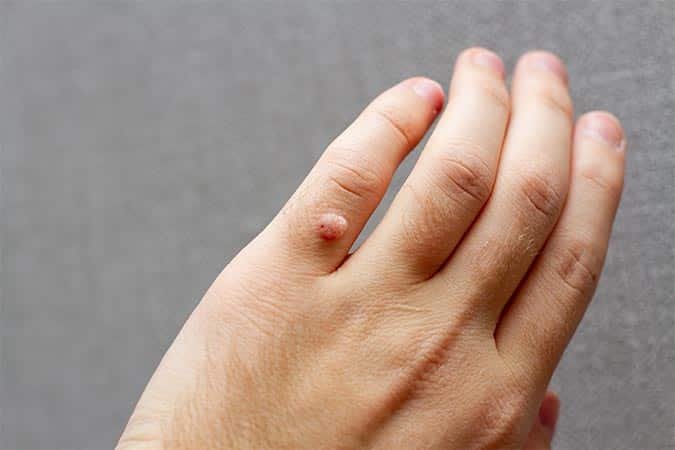
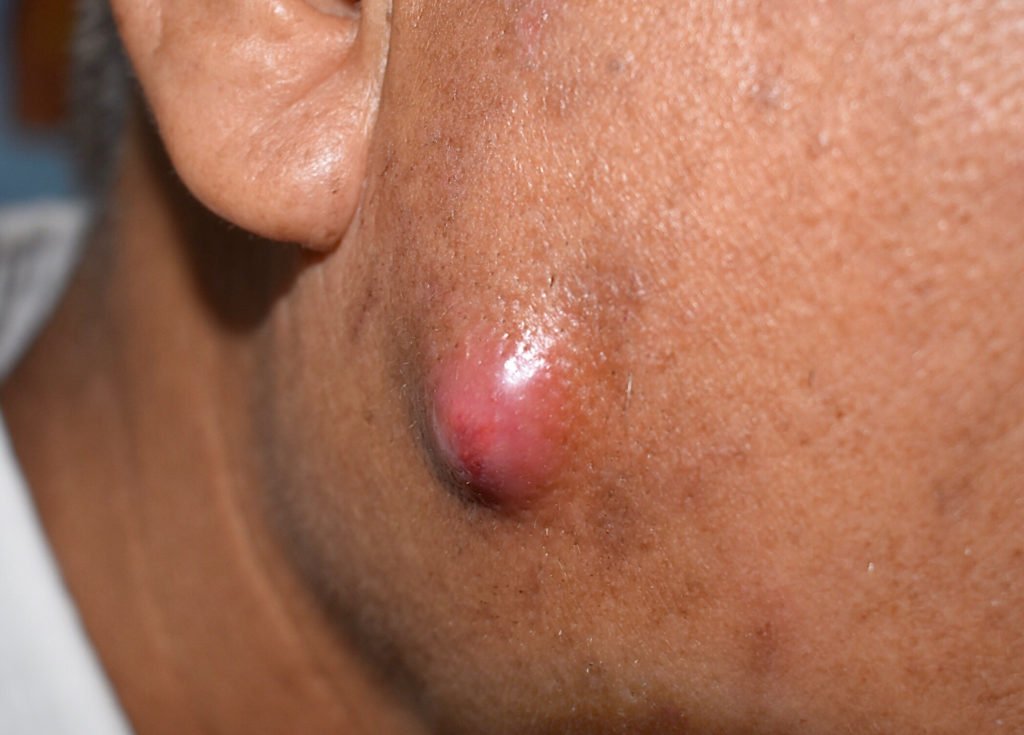
Cyst Removal
Cyst removal is a medical procedure that involves the extraction or excision of a cyst, which is a closed sac or pocket of tissue containing fluid, pus, or other material. Cysts can develop in various parts of the body and may be benign or, in some cases, require removal for medical reasons. These cysts are filled with a cheesy or oily material and are commonly found on the face, neck, or back. These are cysts that typically form on the joints or tendons, often in the wrists or hands. Cysts can also form in the ovaries and may be monitored or removed, depending on their size and symptoms. Cysts that cause pain or discomfort may be considered for removal. For infected cysts, a healthcare professional may make a small incision to drain the contents. Surgical removal involves cutting out the entire cyst, including the cyst wall. This is often done for larger or recurrent cysts.
Mole Removal
Mole removal is a medical procedure that involves the removal of a mole, which is a common type of pigmented skin lesion. Moles are usually benign, but removal may be considered for various reasons, including cosmetic concerns, suspicion of skin cancer, or discomfort caused by clothing or friction. Some individuals may choose to have a mole removed for cosmetic reasons, especially if it is large, raised, or located in a prominent area. If a mole shows signs of potential malignancy (such as changes in size, color, shape, or borders), a healthcare professional may recommend removal for biopsy and further examination. Moles that are constantly irritated by clothing, jewelry, or daily activities may be removed to alleviate discomfort.
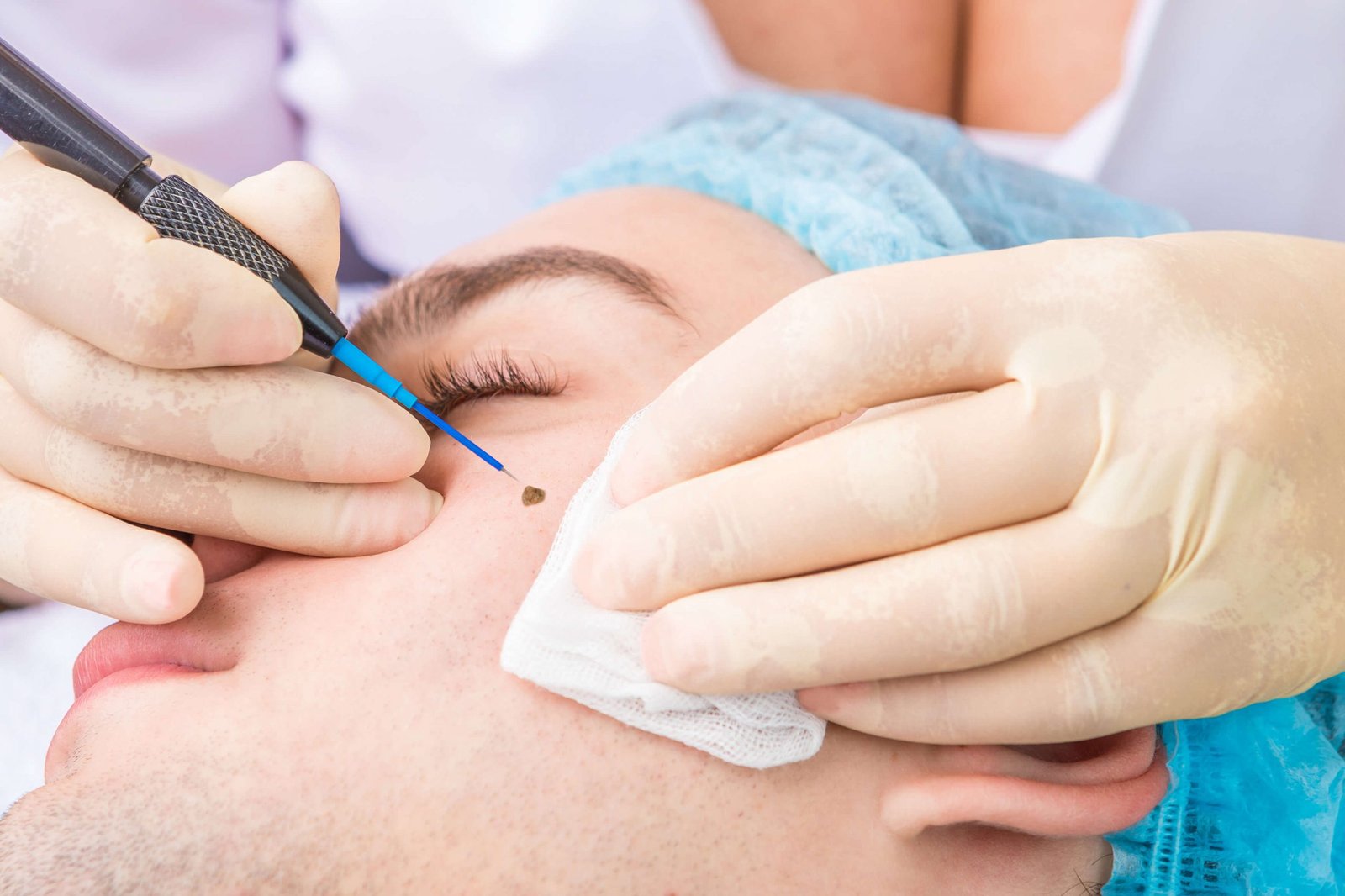
Ear Piercing
Ear piercing is a common form of body modification in which a hole is created in the earlobe or the cartilage of the ear for the purpose of inserting jewelry. This practice has been culturally and socially significant in various societies throughout history. Ear piercing is typically done using a sterilized needle or a piercing gun. Professional piercing studios follow strict hygiene practices to minimize the risk of infection. Before the piercing, the ear area is usually cleaned, and a marker may be used to indicate the precise location for the piercing. After the piercing, various types of jewelry can be used, including studs, hoops, and captive bead rings. The initial jewelry is often made of materials like surgical stainless steel, titanium, or gold. While ear piercing is generally safe when performed by professionals, there is a risk of infection if proper aftercare is not followed.
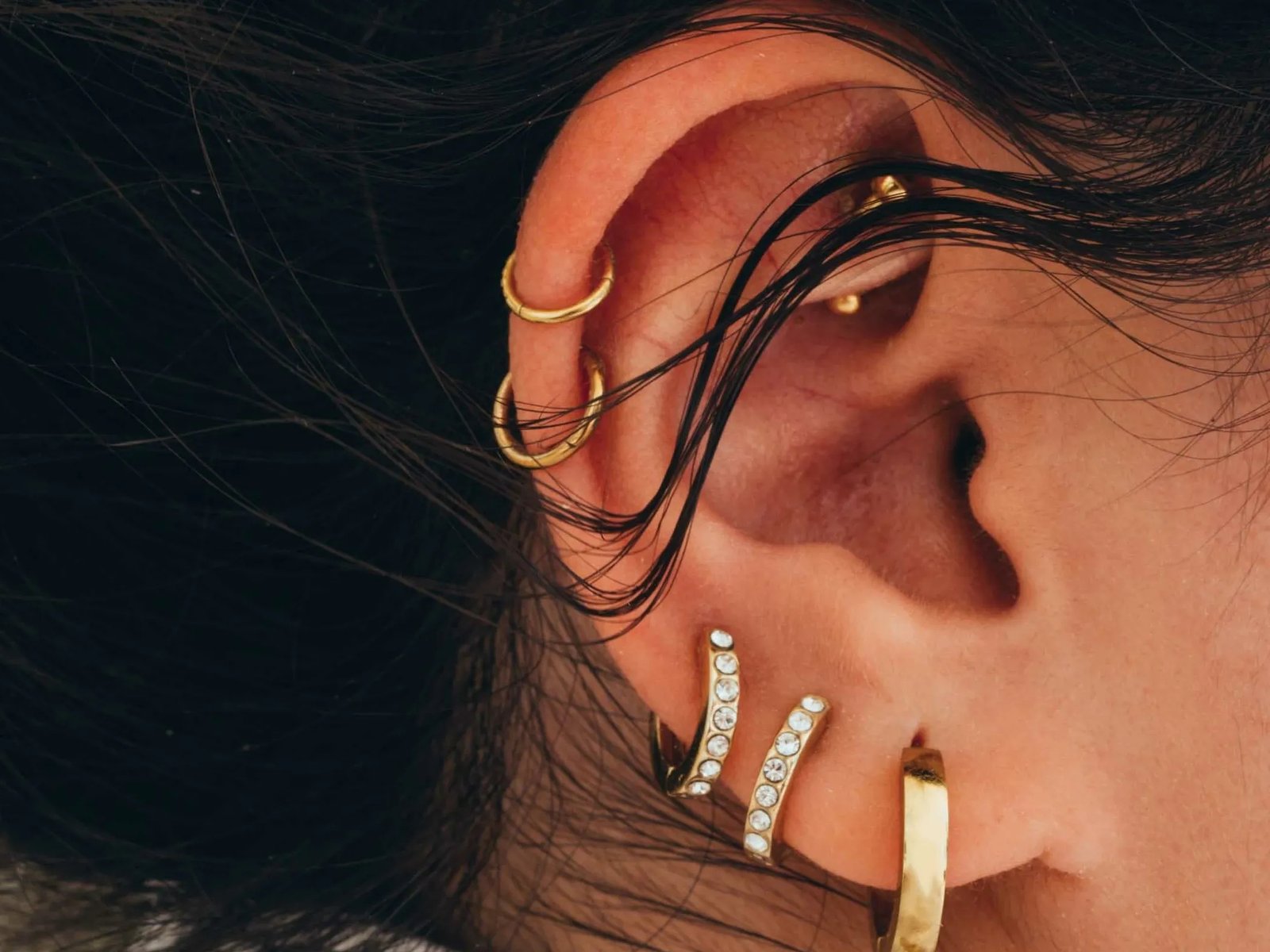
Ear Repair
Repair of torn or stretched earlobes is a common procedure. This may occur due to trauma, heavy earrings, or intentional stretching. Earlobe repair typically involves removing excess tissue and stitching the tear or stretched area to restore a more natural appearance. Recovery time is usually minimal, and individuals can often re-pierce their ears after the healing process. Microtia is a congenital condition where the external ear is underdeveloped. Surgical reconstruction may be considered to improve the appearance of the ear. Reconstruction might involve using tissue from other parts of the body or synthetic materials to shape a more normal-looking ear. Some individuals may seek earlobe reduction for aesthetic reasons if they feel their earlobes are excessively large. The procedure involves removing a portion of the earlobe to the desired size and shape.

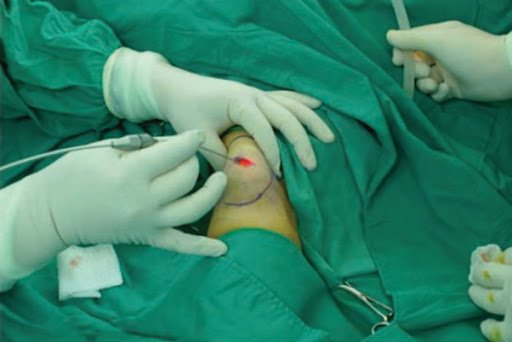
Lipoma excision
Lipoma excision is a surgical procedure performed to remove a lipoma, which is a non-cancerous, soft, and fatty tumor that usually develops just beneath the skin. Lipomas are typically slow-growing and harmless, but they can sometimes be bothersome due to their size, location, or cosmetic appearance. Excision is a common and effective method for removing lipomas. Before the procedure, a consultation with a healthcare professional, usually a dermatologist or a surgeon, is conducted. The healthcare provider assesses the lipoma, its size, location, and determines if excision is necessary. To ensure the patient's comfort during the procedure, local anesthesia is administered to numb the area around the lipoma.
Nail Surgery
Nail surgery is a medical procedure performed on the nails to treat various conditions, often involving the removal of a portion or the entire nail. Common reasons for nail surgery include ingrown toenails, infected nails, nail deformities, or to address chronic nail conditions that haven't responded to conservative treatments. Ingrown toenails occur when the edge of the nail grows into the surrounding skin, leading to pain, redness, and inflammation. Surgical options for ingrown toenails include partial nail avulsion (removing a portion of the nail) or total nail avulsion (removing the entire nail). The procedure is typically done under local anesthesia to minimize pain. In some cases, especially for recurrent ingrown toenails, a matrixectomy may be performed. This involves the removal or destruction of a portion of the nail matrix, the tissue responsible for nail growth. If a nail is infected, and conservative treatments are ineffective.
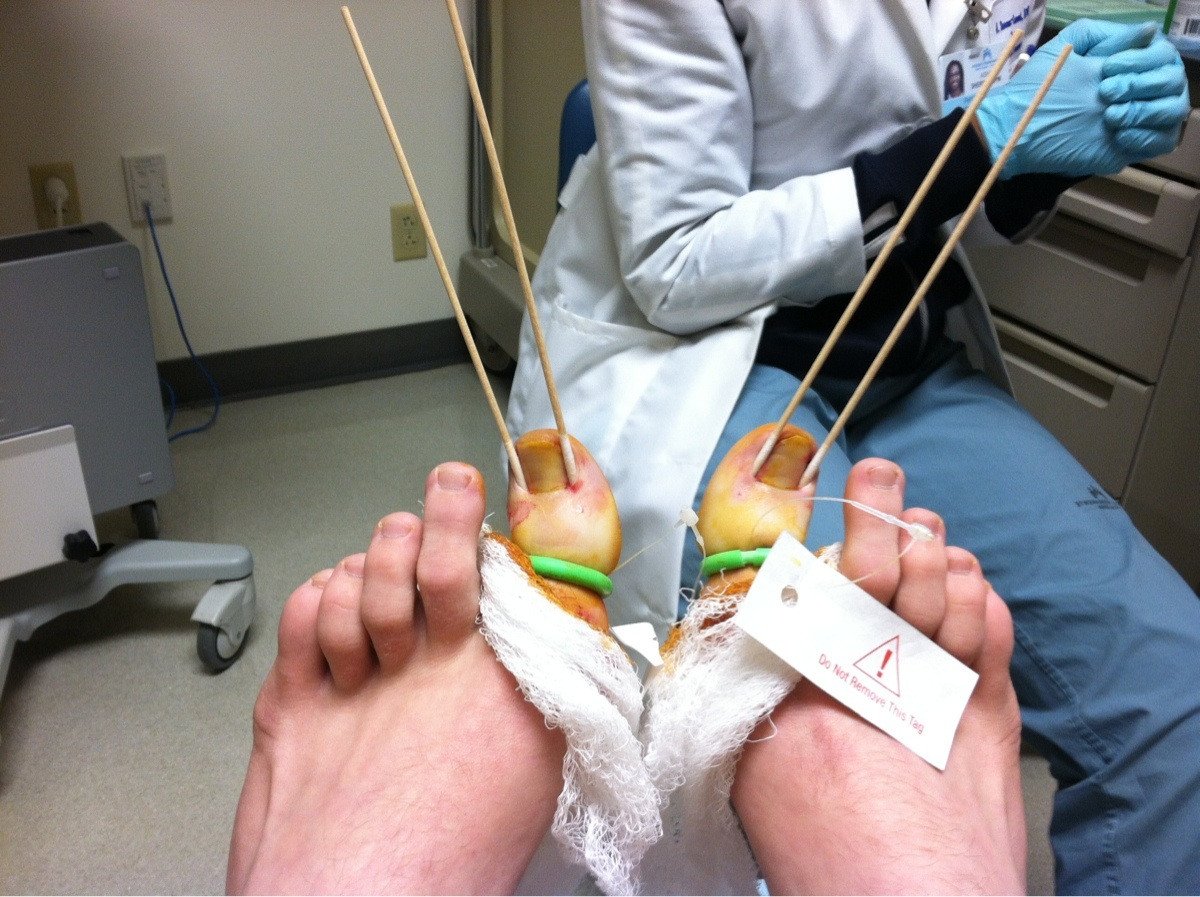

Scar Revision
Scar revision is a surgical or non-surgical procedure that aims to minimize the appearance of a scar, improve its texture, and enhance overall skin aesthetics. Scars can result from various causes, such as surgery, injury, or certain skin conditions. Scar revision techniques are used to make scars less noticeable, although it's important to note that complete removal of a scar is generally not possible. Scar revision may be considered for scars that are raised, depressed, wide, discolored, or otherwise aesthetically displeasing. Scar revision can be performed once the scar has fully matured, which is typically after the initial healing period. This may take several months to a year. Surgical procedures may involve some downtime, and patients are often advised to avoid certain activities during the initial healing phase. As with any surgical scar revision carries some risks, infection, changes in skin pigmentation, and the possibility of recurrence of raised scars.
Vitiligo Surgery
Vitiligo surgery refers to various surgical techniques aimed at treating or managing vitiligo, a skin condition by the loss of pigmentation, leading to white patches on the skin. While there is no cure for vitiligo, surgical interventions affected areas. It's important to note that the success of these procedures can vary among individuals, and outcomes may not be predictable. In autologous skin grafting, a small piece of pigmented skin is taken from one part of the body (usually a less visible area) and transplanted to the depigmented area. Micropigmentation involves tattooing pigments into the depigmented areas to match the surrounding skin. In this procedure, melanocytes are harvested from a small piece of normally pigmented skin and then transplanted to the depigmented area.
